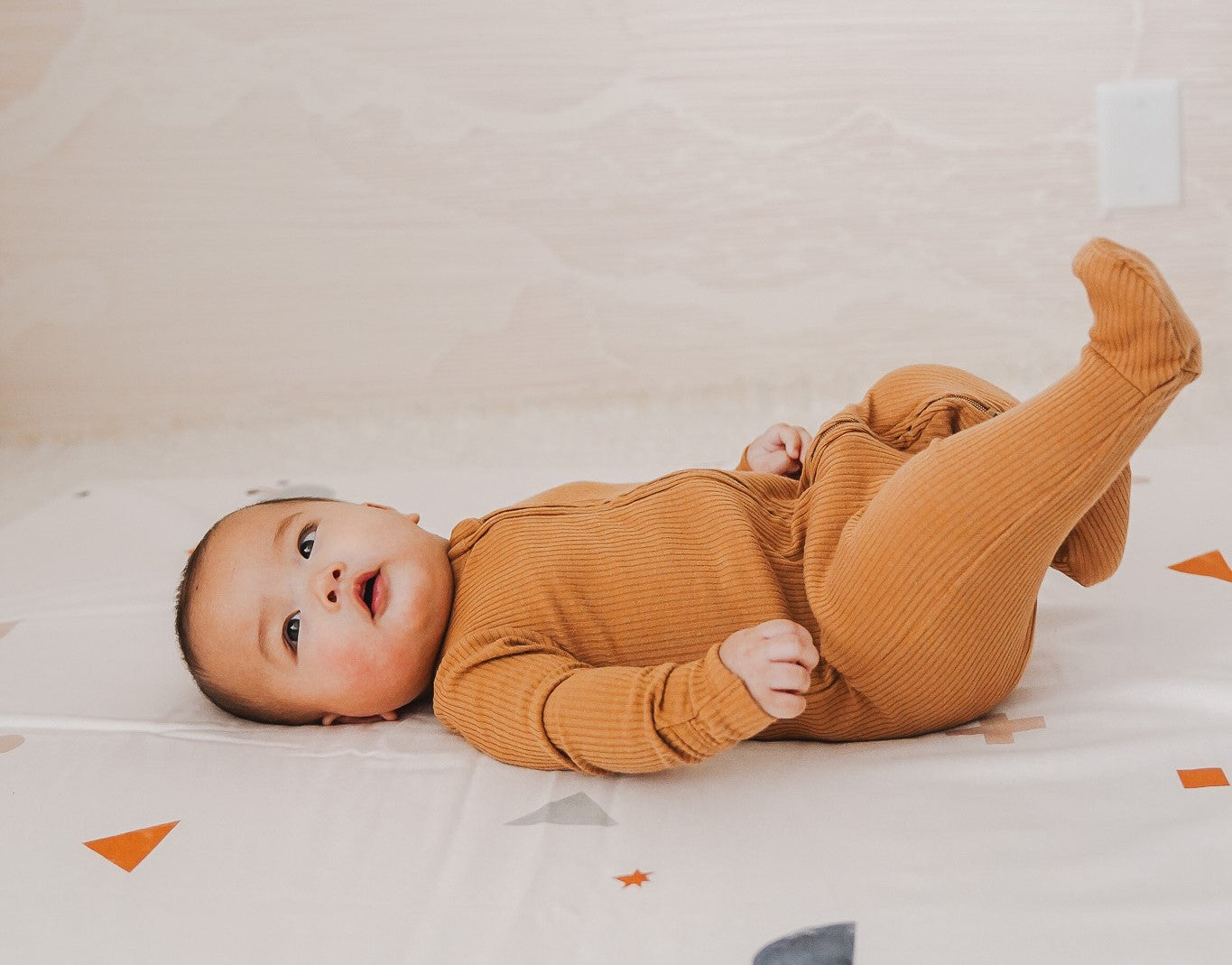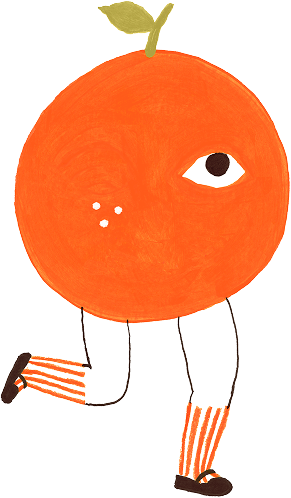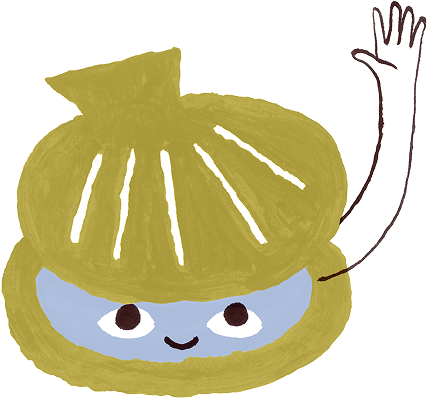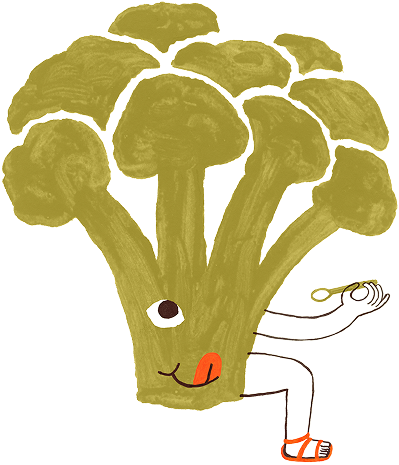One of Piccalio's core values is sustainability. As a company that creates products for children, we believe it’s our responsibility to build a brighter future for the next generation and our planet. So, how do we make sustainable furniture and toys for children?
Take a look at how Piccalio's co-founders, Ali Tavsanoglu and Aneta Kostic, make stylish children's furniture that's non toxic to boot.
Why Piccalio Builds Non Toxic Furniture and Toys
About 90% of the toy industry uses plastics exclusively. Similarly concerning, as many as 80% of toys with normal wear and tear end up in landfills. Tavsanoglu and Kostic decided to offer a different, more sustainable option while still inviting fun and play.
“For me, I have always loved wellness and health. It goes back to how we grew up. We didn’t have so many toys…we experienced slow living, less is more," Kostic explains. This philosophy melds sustainable practices with intentional design.
Piccalio's toys and furniture inspire imagination, connection, and learning. Unlike many consumer products today, we don't plan obsolescence to force you to buy more. Instead, we design products with multiple functionalities and generations of use.
What Materials of Furniture Are Renewable and Sustainable?

"We think of materials that are good for the planet, but also that make sense for the product," Kostic says. "Our goal is always to make our main products from wood and use other materials for accessories if necessary."
Sustainably sourced, eco friendly materials are the backbone of our products. One part of the sustainability equation is the quality and life cycle of a piece of furniture. Piccalio's wooden products use sustainably sourced FSC® birch plywood, European solid beech wood, and New Zealand pine wood.
Hardwoods Vs. Soft Woods
When choosing wood, it's also important to consider the type of wood. Kostic and Tavsanoglu prioritize high-quality hardwoods like birch and beech. Hardwoods don't dent or scratch as easily and can handle the wear and tear of heavy use. Kostic says that they think strategically about using softer woods like pine in areas that won't impact the durability of the product.
"We understand it’s going to be more expensive, but it’s an investment for the customer," Tavsanoglu observed. High-quality materials mean the lifespan of our products is much longer.
Quality Furniture Vs. Fast Furniture
While wood is generally more sustainable than plastic, there are additional considerations. "Fast furniture is clogging landfills," Kostic notes. Similar to fast fashion, cheap furniture designs made with poor-quality materials quickly end up in landfills.
One popular material used in fast furniture is MDF or medium-density fibreboard. This material can use recycled wood and wood shavings, binding them together with resins. The downside is that recycling this material is difficult. Also, furniture made of MDF has a shorter lifespan.
While affordable, fast furniture typically does not stand the test of time. Damaged furniture is difficult to resell. Unfortunately, most materials used to make fast furniture can't be easily recycled. This means that up to 80% of discarded pieces go to landfills.
Piccalio believes in offering furniture pieces and toys with long, useful lives. "Second-hand sales are important in the furniture industry. If people want to resell one of our products, using quality materials maintains the value better than if we used poorer quality materials," Tavsanoglu explains. In the long-run, using a quality product for many years reduces carbon footprints.
Responsible Sourcing and Production
Raw materials such as natural wood come from forests. Tavsanoglu says that they look for factories closer to the forests where they source lumber. The wood is all certified by the Forest Stewardship Council or FSC®.
The FSC® verifies sustainable forestry practices, ensuring that there is no net loss of forests over time. Plus, the organization ensures workers' rights, community rights, and conservation efforts.
Additionally, Tavsanoglu says that Piccalio seeks out factories with expertise in sustainable furniture. "We visit factories personally and send out a third-party quality control team when that's not possible," he emphasizes. Tavsanoglu and Kostic also choose factories that are knowledgeable about using materials responsibly and meet strict safety standards.
Finishes for Non Toxic Furniture
An essential part of non toxic furniture is the finish. Piccalio's wooden products, including the finishes, are Greenguard Gold Certified. This not only reduces the environmental impact of our furniture but also protects your indoor air quality.
Many finishes such as varnish off-gas harmful chemicals called volatile organic compounds (VOCs). VOCs include a wide range of chemicals that have a variety of impacts on health from cancer to allergies. According to the American Lung Association, children are at a higher risk because they “breathe more air relative to their body size, which means they inhale a higher concentration of VOCs.”
We use water-based finishes without toxic chemicals to protect the wood. All paints and natural finishes are tested for over 10,000 VOCs, keeping your home a safe place to play.
How Do you Choose Materials for Non-Wooden Products?

Piccalio's commitment to eco friendly furniture and toys extends beyond our wooden pieces. Kostic explains that when designing our play mat, she discovered how dangerous PVC and EVA foams can be.
Research shows that many of these mats contain phthalates and/or formamide. Formamide is a known carcinogen, meaning it can cause cancer.
Phthalates are often added to plastics, including foam, to make them softer and more flexible. Recent studies show that phthalates may impact children's development by disrupting hormones.
Kostic and Tavsanoglu understand the attraction of foam play mats which provide a soft, spongy surface that's also firm enough for building towers. That's why Piccalio’s mat is made of natural latex (sourced from rubber trees) and protected by an organic cotton cover. Our play mat protects your baby's health and the planet.
Why Don’t You Use Recycled Materials Such as Plastics?
"Toxicity of plastic increases with recycling, which is the main concern," Kostic says about recycled plastics. Some of the chemicals found in higher levels in recycled plastics are toxic flame retardants, benzene, and other carcinogens.
Another common plastic ingredient is phthalates. This plastic additive disrupts children's hormones. Additional concerns about phthalates include impacts on brain development and behavior.
"If we need to use plastics in our products, we choose the safest option," Kostic says. Some plastics are safer than others and leech fewer chemicals. Avoiding BPA and phthalates is a top priority.
The Role of Design in Sustainable Furniture and Toys
Kostic is passionate about using design to support sustainability. "We try to include multiple functionalities in each product and create designs that don't produce a lot of waste," Kostic explains.
This includes manufacturing. We design patterns and cuts that minimize waste or creating scraps. Kostic and Tavsanoglu also choose factories that are knowledgeable about using materials responsibly.
How else do we design products with sustainability in mind? Many Piccalio products grow with your child, meaning your family can purchase fewer products.
For example, our Reversible chair offers two heights for sitting. Our Foldable Tower features several platform heights to use as your child grows. Plus, adults can use the tower as a step stool to reach the highest kitchen cabinets.

What Testing Do Piccalio Products Undergo?
Design and chemical safety are a top priority. Piccalio products conform to ASTM F963 and U.S. Consumer Product Safety Commission safety standards. Plus, our products meet California Prop 65 standards, ensuring you won't expose your family to chemicals that have negative impacts on health such as cancer and birth defects.
Our wooden products are also Greenguard Gold Certified. This third-party certification tests for harmful VOCs, or chemicals that off-gas from products.
The Play Mat and Apron & Hat Set use GOTS certified fabrics, which are tested for safety related to chemicals, dyes, and pesticides.
Designing Sustainable Children's Furniture and Toys for the Future
Our founders believe in creating beautiful, safe, and sustainable furniture for your home. Thoughtful designs that grow with your family help create a functional, elegant space where you can learn and play. Using non-toxic materials helps create a more sustainable future for the children who use our products.
Piccalio furniture and toys are good for your family and the planet. Which product is your favorite?
Sources:
2. Sierra Club
3. CNN
4. Forest Stewardship Council or FSC®
7. The Guardian
8. NPR
9. Consumer Product Safety Commission
10. Proposition 65








Leave a comment
This site is protected by hCaptcha and the hCaptcha Privacy Policy and Terms of Service apply.